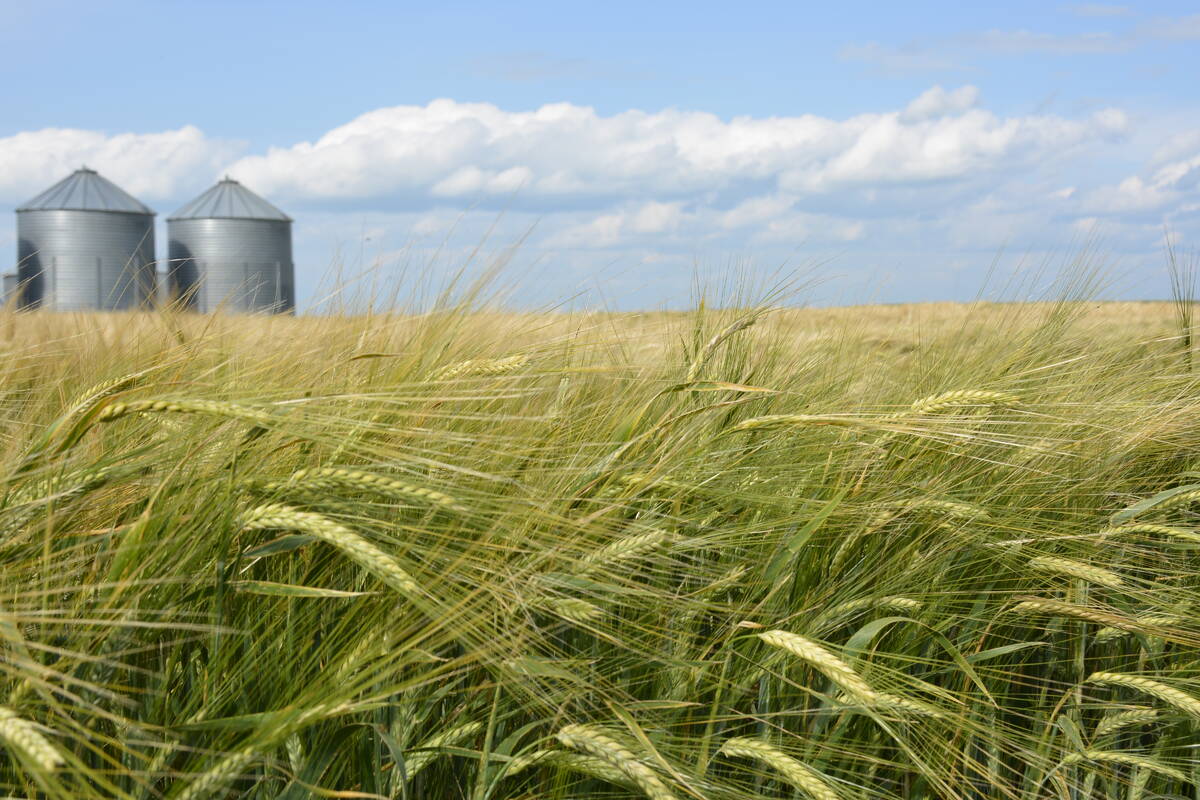A farm family is urging rural residents in areas affected by flooding to test their well water after a routine exam revealed unusually high levels of uranium in their drinking water.
Karen Totten, who lives near Balcarres, Sask., said water quality on her farm began to deteriorate a few years ago but took a significant turn for the worse this spring.
In addition to black staining on dishes, which has been an ongoing problem, water from the family’s 300 foot well began to turn yellow this spring, prompting Totten to submit a sample to the Saskatchewan Disease Control Laboratory in Regina.
Read Also

StatCan stands by its model-based crop forecast
Statistics Canada’s model-based production estimates are under scrutiny, but agency says it is confident in the results.
Shortly after submitting the sample, Totten received a phone call from the lab advising her to stop drinking the water.
The next day, she received a second call advising her to stop giving the water to pets.
The sample contained uranium at levels 20 times higher than the recommended acceptable limit.
“I would like to know if this is an unusual situation,” said Totten.
“Does everyone close to us here have a similar situation? If people realized that they could go and have a uranium test done for $10, I’m sure they would do it.”
Totten said water from the family’s well has been tested periodically over the past 31 years and has usually fallen within acceptable limits for nitrates and bacteria.
She thinks flooding and excess water this spring affected the well and may be contributing to high uranium levels.
Totten has submitted a second sample to confirm the earlier results.
Uranium is hard to detect in water. It is colourless, odourless and tasteless, but if levels are high enough, small amounts can be absorbed into the blood stream and carried to the kidneys, increasing a person’s risk of kidney damage.
Totten was diagnosed with poor kidney function several years ago and she wonders now if her medical condition was caused by drinking contaminated water.
“Did the well do it? Who knows? We don’t know that for sure,” said Totten.
“But I’m concerned that (if ) … it did do it, that other people in the area are drinking the water as well.”
Dissolved sulfate levels in Totten’s sample were also six times higher than the maximum acceptable.
Sulfates, which were measured at more than 3,000 milligrams per litre, were likely responsible for the yellowing in the water.
According to Saskatchewan Health, uranium occurs naturally in rocks and soil and can enter drinking water supplies when groundwater dissolves minerals that contain uranium.
It can also be released into the environment through mill tailings, emissions from the nuclear industry, the combustion of coal and other fossil fuels and the dissolution of phosphate fertilizers.
Phillip Bailey, director of environmental services with the provincial disease control lab, said certain regions of the province are more likely to have elevated uranium levels in well water.
But tests performed at the provincial lab during the last few years do not suggest that uranium or any other metals are becoming more prevalent in private wells.
“I think, from what we’ve seen over the last four or five years, levels are pretty constant,” Bailey said.
“There are some locations that are traditionally higher in say, uranium or arsenic or whatever it might be, and some areas do exceed guidelines, but I wouldn’t say that we’ve seen any kind of sudden spiking in the province.”
Bailey said flooding can contribute to well water problems and he urged residents to test water routinely for bacteria and nitrates.
Water that suddenly becomes discoloured or develops an odour should be tested immediately.
URANIUM FACTS
Uranium is a naturally occuring radioactive material present in surface water, groundwater, soil and rock. In Saskatchewan, the maximum acceptable concentration of uranium, is 0.02 milligrams per litre.
Source: www.saskh20.ca

















